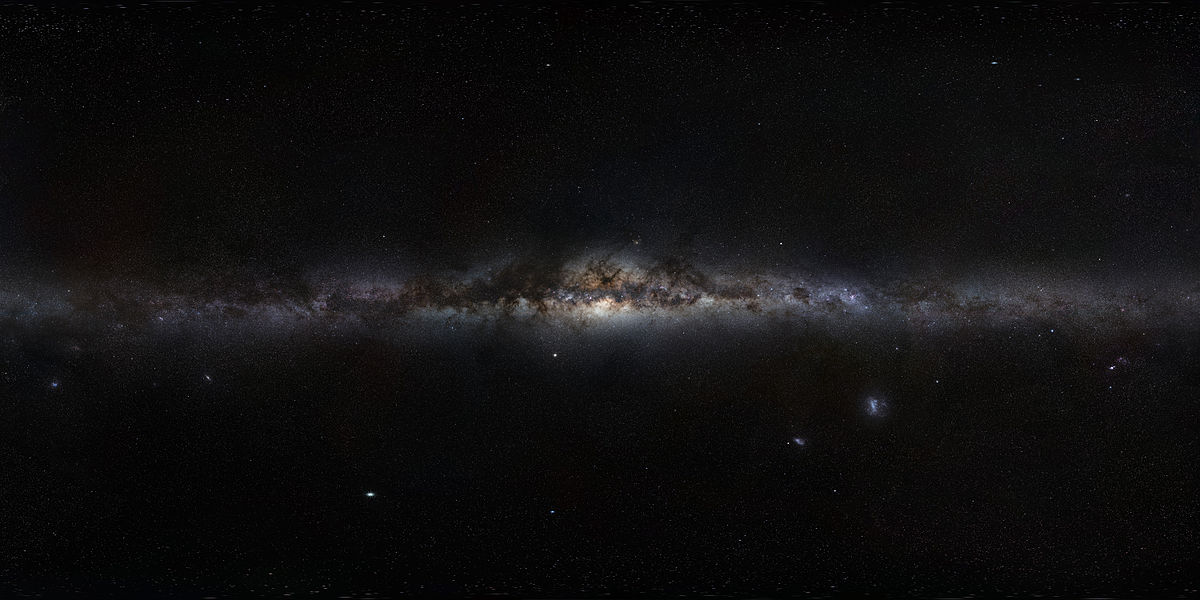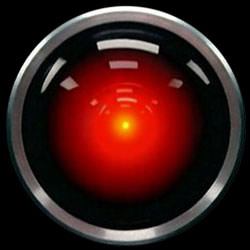If you’re a fan of the Search for Extraterrestrial Intelligence (SETI) and the Fermi Paradox, then it’s likely you’ve heard of a concept known as the Great Filter. In brief, it states that life in the Universe may be doomed to extinction, either as a result of cataclysmic events or due to circumstances of its own making (i.e., nuclear war, climate change, etc.) In recent years, it has been the subject of a lot of talk and speculation, and not just in academic circles.
Stephen Hawking and Elon Musk have also weighed in on the issue, claiming that humanity’s only chance at long-term survival is to become “interplanetary.” Addressing this very possibility, a research team led by NASA’s Jet Propulsion Laboratory (JPL) recently created a timeline for potential human expansion beyond Earth. According to their findings, we have the potential of going interplanetary by the end of the century and intragalactic by the end of the 24th!
Continue reading “Avoiding the Great Filter. How Long Until We’re Living Across the Solar System?”


